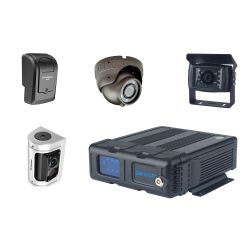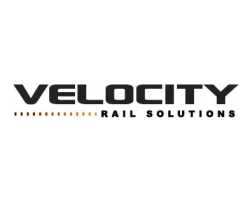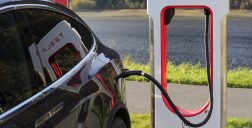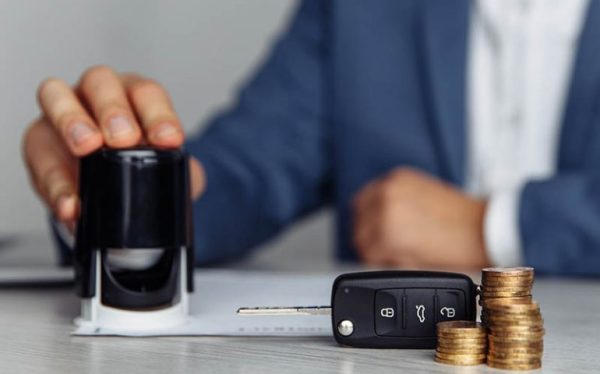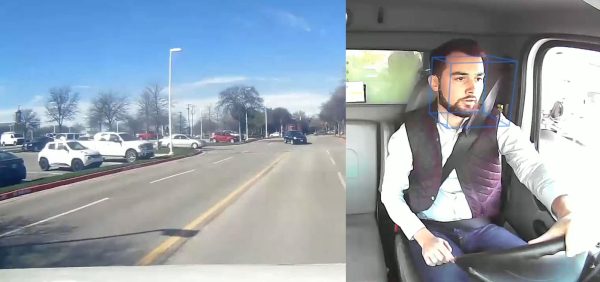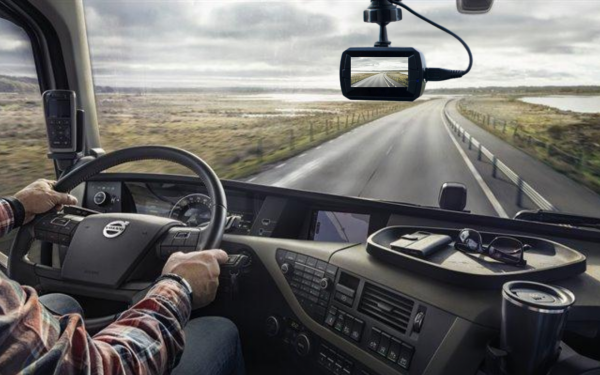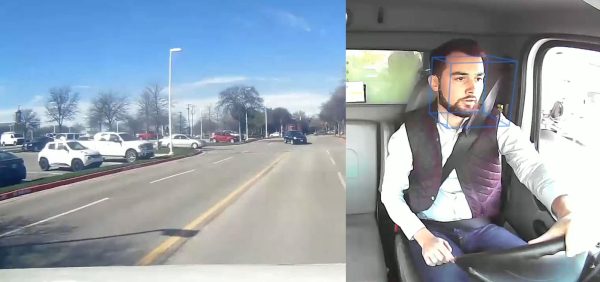
If you’ve been paying any attention to the world of transport lately, you’re well aware of and possibly interested in dash cams for your fleet, as well as the benefits they offer. You may even be sold on the technology and prepared to invest.
With such a range of products and features on the market, it can be difficult to know where to start when it comes to choosing the right dash cam solution for your business.
In this article, we’ll give you a rundown of everything you need to consider before making your selection, from camera types to data storage. By the end, you’ll be an expert on dash cams and ready to choose the perfect solution for your fleet.
What to Consider When Selecting Dash Cams for Your Fleet
When it comes to choosing the right dash cams for your fleet, there are a few key factors you need to take into account.
There are two main types of dash cameras on the market:
Single-lens cameras
These cameras have just one lens, meaning they only record what’s happening in front of the vehicle. This is the most common type of dash cam and usually the most affordable option.
Multi-lens cameras
These dash cams have two or more lenses, allowing them to record what’s happening in front of and behind (or within) the vehicle simultaneously. While more expensive, this solution offers more visibility into activity on the road ahead, as well as driver behaviour in the cab.
Which option is best for you will depend on your needs and budget. If you’re looking for a more comprehensive solution, then multi-lens cameras are the way to go. However, if you’re trying to keep costs down, then single-lens cameras are a perfectly viable option.
Data Storage
Dash cams for your fleet can store data in a number of different ways:
SD cards
This is the most common type of data storage for dash cams. Data is stored on the SD card, which is inserted into the camera.
The main advantage of this option is that it is relatively affordable and easy to use. However, SD cards can be removed and replaced, which means there’s a risk of footage being lost, stolen or tampered with.
Internal storage
Some dash cams come with internal storage, meaning the data is stored on the camera itself. This is a more secure option as it’s less likely that footage will be lost or tampered with.
However, this option can be cost-prohibitive and requires a learning curve to connect the camera to a computer in order to access data.
Cloud Storage
With this option, data is stored remotely on a server, meaning you can access it from anywhere in the world and from virtually any connected device.
One major advantage is data security, and that you can access footage even if the camera is lost or damaged.
However, this solution requires a more advanced dash camera with internet connectivity and a subscription to a cloud-based service.
Extra Features
When it comes to dash cams for your fleet, there are a few extra features that can be useful, but aren’t essential.
For example, some dash cams come with GPS, which can be used to track the location of a vehicle. Other cameras have collision detection, which automatically saves footage when an incident is detected. And some even come with coaching tools to help drivers improve their safety scores. All of these options greatly enhance the value a dash cam solution brings to your fleet.
Picking the Right Dash Cams for Your Fleet
Because the number of features and configurations can be overwhelming, it’s important to first consider your business needs before investing in dash cams for your fleet.
The selection process doesn’t need to be complicated. Here are a few key factors to consider that will ensure you get the best possible system for your needs.
Vehicle type: If you have a fleet of trucks, you’ll need a system that can accommodate the angles, blind spots and weight of these vehicles. On the other hand, if you have a fleet of smaller cars, a more compact system should be sufficient.
Driving environment: The type of terrain your drivers will be driving on should also be taken into account. For example, if they’ll be driving on rough roads, you’ll need a system that can withstand the vibrations.
It’s also important to consider weather conditions and the length of time your vehicles are in active use to minimize wear and tear on your dash cams.
Budget: No business decision is complete without taking cost into consideration. Dash cam systems can range dramatically in price, so it’s important to have a budget in mind before you start shopping.
Conclusion
Dash cams can be a valuable tool for fleet management, providing you with insights into driver behaviour and helping to improve fleet safety.
At ZenduiT, we can help you find the best dash cams for your fleet. Contact us today so we can assess your business needs and help you get the most out of your investment.


